tall grass for zone 5
marcinont
17 years ago
Featured Answer
Sort by:Oldest
Comments (10)
marcinont
17 years agonoki
17 years agoRelated Professionals
La Marque Landscape Architects & Landscape Designers · Norton Shores Landscape Architects & Landscape Designers · Frisco Landscape Contractors · Franklin Landscape Contractors · Matteson Landscape Contractors · West Palm Beach Landscape Contractors · Winchester Landscape Contractors · Danville Solar Energy Systems · Shelton Solar Energy Systems · South Whittier Solar Energy Systems · Great Falls General Contractors · Haysville General Contractors · Orangevale General Contractors · Panama City Beach General Contractors · Vermillion General Contractorsachnatherum
17 years agojake
17 years agoachnatherum
17 years agomarcinont
17 years agodereks
17 years agojake
17 years agofriesfan1
17 years ago
Related Stories
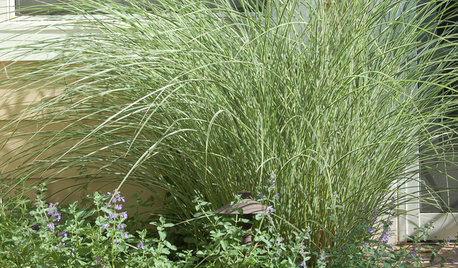
GARDENING AND LANDSCAPING5 Smokin' Warm-Season Grasses
Beat the heat with beautiful grasses that help your landscape shine from summer through fall
Full Story
GARDENING GUIDES5 Great Grasses for a New Lawn
Learn about maintenance, wear tolerance, ideal climate and more for these top turf choices to pick the right one for you
Full Story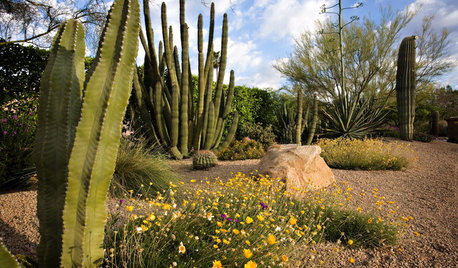
SOUTHWEST GARDENINGTall Cactuses Bring Drama to Southwestern Gardens
See how 5 columnar cactuses add a striking design element to warm-weather gardens, courtyards and entries
Full Story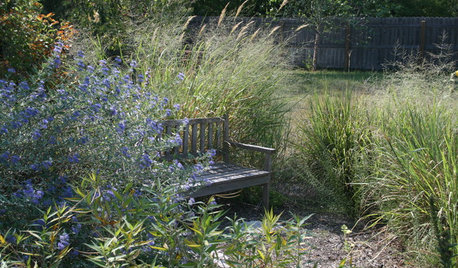
GARDENING GUIDESGreat Design Plant: Indian Grass
Bring whispers of prairie winds to your garden with this swaying native grass that stands tall all winter
Full Story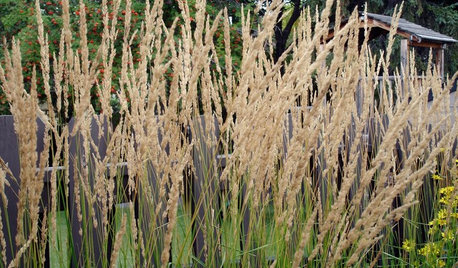
GARDENING AND LANDSCAPING5 Hot Cool-Season Grasses
Chill out this spring with resilient grasses that will kick-start your garden and may just last all year
Full Story0
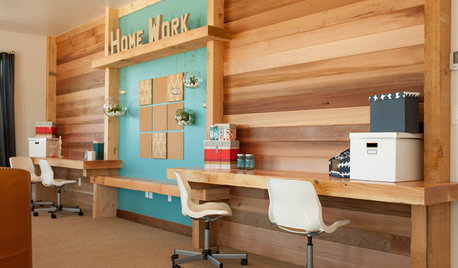
KIDS’ SPACES5 Ideas for a Great Home Learning Zone
Get your child off to a good start this school year with homework areas and strategies that reduce the frenzy
Full Story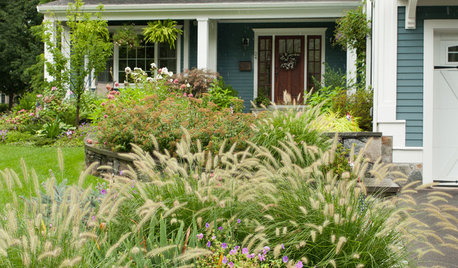
LANDSCAPE DESIGNGreat Design Plant: Lively Fountain Grass Thrives Just About Anywhere
Enjoy fountain grass for its exuberant form, long-lasting color and texture for borders and more
Full Story
GARDENING GUIDESGreat Design Plant: Purple Needle Grass, California’s State Grass
The long-lived, drought-tolerant Stipa pulchra is as admired for its benefits as for its good looks
Full Story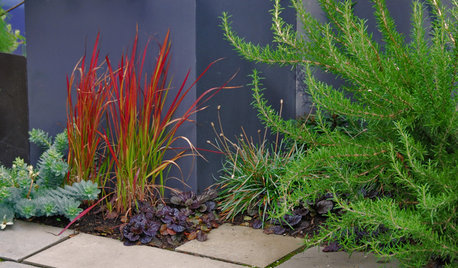
RED FOLIAGEGreat Design Plant: Japanese Blood Grass
This dramatic, ruby-tinged grass bridges the gap between red and green, short and tall plants
Full Story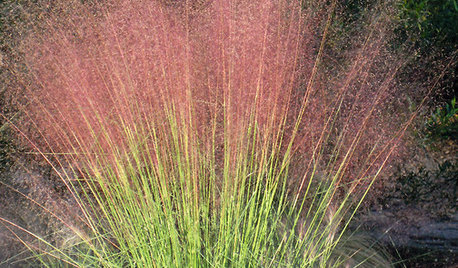
SUMMER GARDENINGGreat Design Plant: Pink Muhly Grass
Bring billowing clouds of pink to your yard with this heat-tolerant, sun-loving ornamental grass
Full StoryMore Discussions







coloradobird